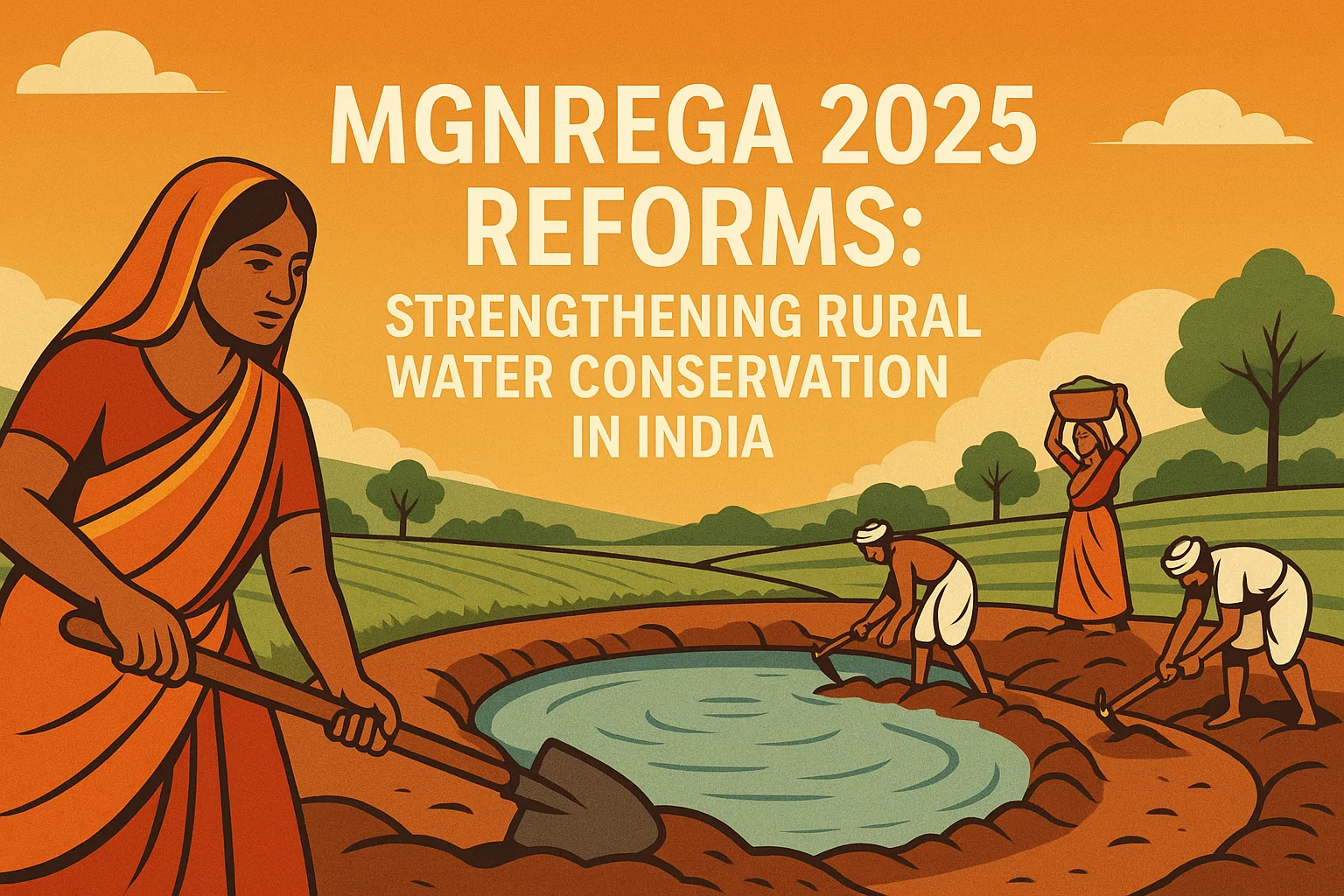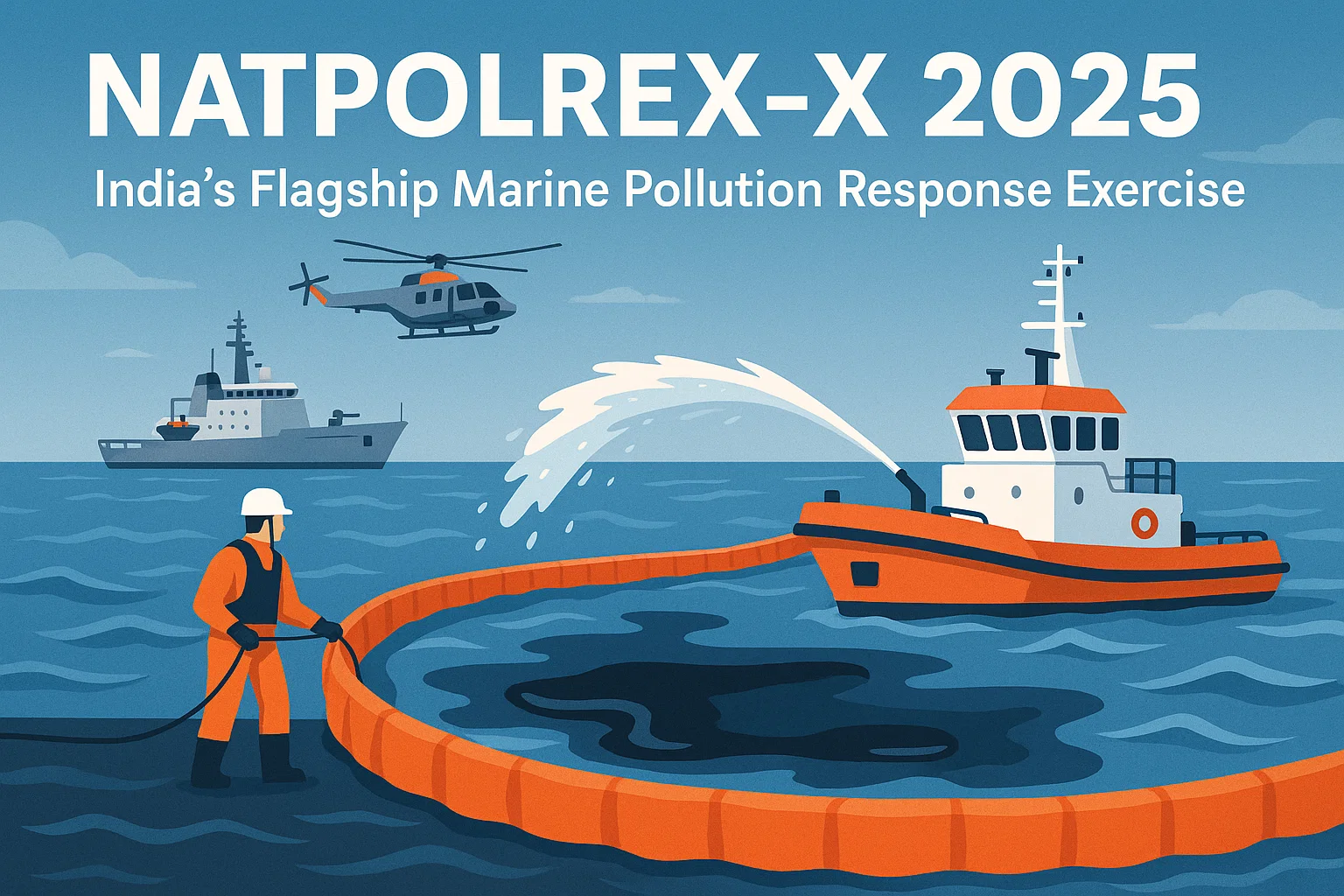Font size:
Print
Indus Waters Treaty: Bold Recalibration of a Fragile Water Diplomacy Framework
Indus Waters Treaty: Strategic Shift in a Critical Water Diplomacy Pact
IWT
- Historical Context and Framework
-
- Signed: 1960 | Brokered by: World Bank
- Rivers Governed: Six rivers of the Indus River System
-
- Division of Rivers
-
-
- Eastern Rivers: Ravi, Beas, Sutlej → Exclusive use by India
- Western Rivers: Indus, Jhelum, Chenab → Exclusive use by Pakistan, with India allowed non-consumptive uses (e.g., domestic, irrigation, hydropower)
-
- Governance Structure
-
-
- Permanent Indus Commission (PIC): For regular exchange of data and consultations
- Dispute Resolution Mechanism:
- Step 1: Neutral Expert
- Step 2: Court of Arbitration (if unresolved)
-
- Unique Framework
-
- India’s only water-sharing treaty with any country
- Lacks an exit clause, complicating unilateral termination
Context:
The erosion of mutual trust, due to Pakistan’s continued support for cross-border terrorism, has hollowed the goodwill that underpinned the Indus Water Treaty. India’s recent notice to modify the treaty marks a paradigm shift — from diplomatic restraint to the assertion of developmental rights and strategic autonomy.
Inherent Asymmetry and India’s Restraint
- Pro-Pakistan Design
-
- India’s projects on western rivers are subjected to prolonged scrutiny, whereas Pakistan faces no such constraints on its eastern river usage
- The dispute redressal process is rigid and often perceived as Pakistan-centric
- India’s Historical Compliance: Despite multiple provocations — including terrorist attacks (Uri, Pulwama) and ceasefire violations — India continued to honour the treaty, often sacrificing developmental opportunities in Jammu & Kashmir and Ladakh.
Pakistan’s Weaponisation and Erosion of Goodwill
- Diplomatic Exploitation
-
- Pakistan has used the treaty as a diplomatic weapon to stall Indian hydropower projects, notably Kishanganga and Ratle
- It has pursued parallel redressal mechanisms (Neutral Expert + Court of Arbitration), violating treaty norms
- Security Concerns: Terrorist attacks on water infrastructure, and sabotage attempts, directly violate the spirit of cooperation envisaged in the IWT.
India’s Current Assertive Posture: Strategic Realignment
- Notice for Modification: India issued a formal notice for treaty modification, invoking the clause for review by mutual consent
- Objectives of the Shift
-
- Protect upstream rights as an upper riparian
- Assert strategic autonomy over hydropower and irrigation
- Establish irrevocable leverage in bilateral engagements
- India’s Message
-
- The treaty will now be treated as contingent upon Pakistan’s behaviour, particularly on cross-border terrorism.
- What the Suspension Does Not Mean — Yet
-
- No immediate water stoppage — India lacks diversion infrastructure to stop flows
- Treaty not abrogated yet — only a notice for modification, not termination
- Not an act of war, but signals potential escalation in bilateral tensions
Strategic and Legal Implications for Pakistan
- Erosion of Predictability
- Pakistan’s agricultural sector (80% water-dependent) relies on the Western rivers’ predictable flow
- Suspension introduces strategic ambiguity, undermining Pakistan’s water security planning
- Loss of Transparency and Oversight
- India may withhold water flow data, vital for flood forecasting and crop planning in Pakistan
- Inspection access to Indian hydropower projects (e.g., Ratle) could be revoked, hampering Pakistan’s ability to challenge them
- Diplomatic and Legal Isolation
- With no formal exit clause and India’s reservations about ICJ jurisdiction, Pakistan’s legal options are severely limited
- Appeals to World Bank or UN may yield no enforceable outcomes
Strategic Implications for India
- Increased Strategic Leverage
-
-
- The IWT is now a lever of coercive diplomacy, not merely a technical agreement
- India has asserted that water-sharing is conditional on national security
-
- Expanded Developmental Opportunities
-
-
- India may initiate:
- Storage projects on western rivers
- Reservoir flushing to improve dam longevity
- Hydropower expansion in Jammu & Kashmir (e.g., Sawalkot, Pakal Dul, Ujh)
- India may initiate:
-
- Global Reputational Risk
-
-
- India’s action may be portrayed as undermining a rare water diplomacy success
- However, India is relying on Vienna Convention Articles 60 & 62 (material breach & fundamental change in circumstances) to justify the suspension based on:
-
- Terrorism as a material breach
- Climate change-induced hydrological changes
- Pakistan’s misuse and procedural violations
Way Forward for India: Recalibrating the Treaty Approach
- Assert Upper Riparian Rights
-
-
- Expedite the implementation of hydropower and storage projects like:
-
- Pakal Dul
- Ujh
- Sawalkot
- Reform the Permanent Indus Commission
-
-
- Propose a more equitable and time-bound dispute redressal framework
- Ensure that technical evaluations are balanced and prompt
-
- Leverage Treaty for Strategic Accountability
-
-
- Make Pakistan’s compliance on terrorism a condition for treaty’s continuation
- Position the treaty as a bargaining chip in diplomatic negotiations
-
- Strengthen Strategic Communication
-
-
- Internationalise Pakistan’s violations at forums such as: UN, World Bank, SCO
- Highlight India’s legal and moral high ground
-
- Invest in Hydrological and Technical Capabilities
-
-
- Strengthen:
-
- Water-use efficiency
- Impact monitoring infrastructure
- Design and execution capacity for river basin projects



